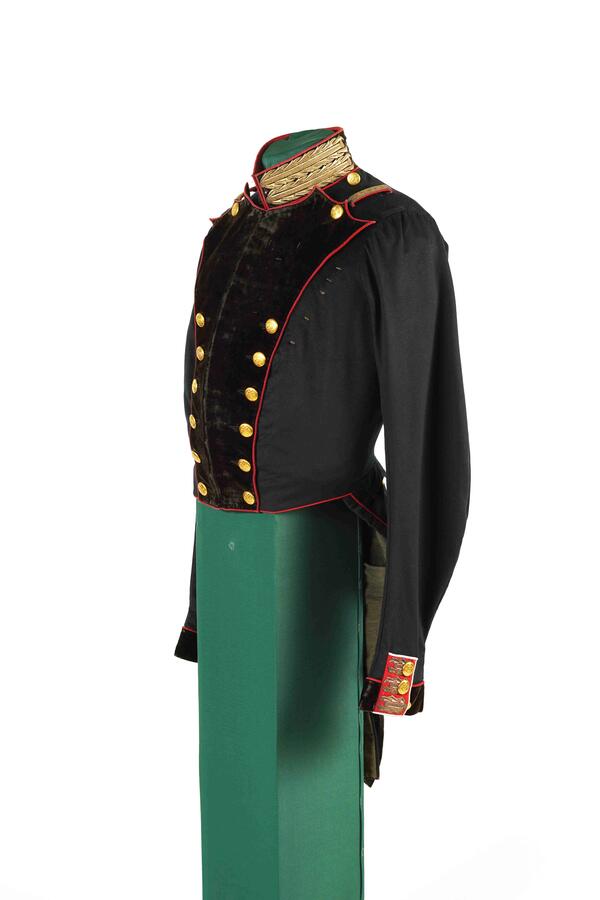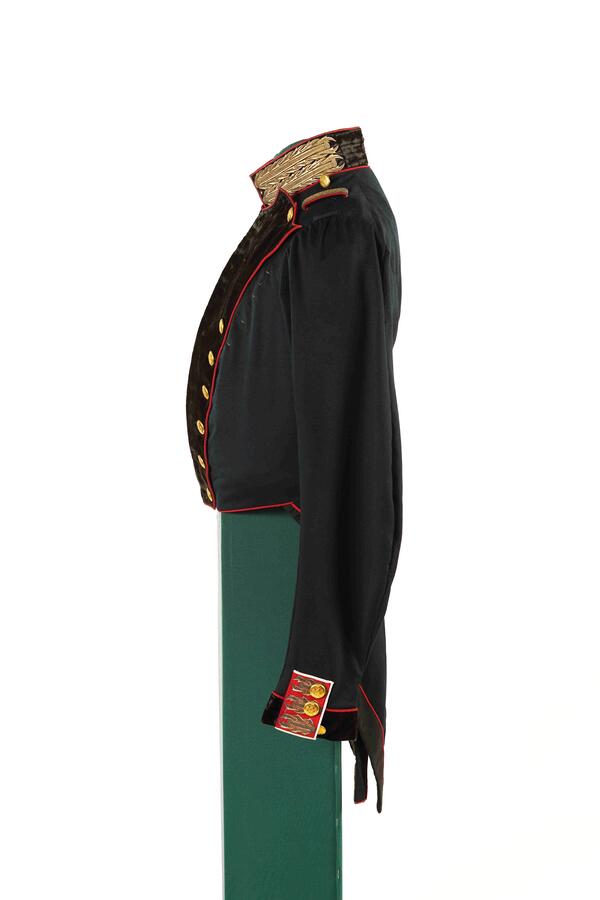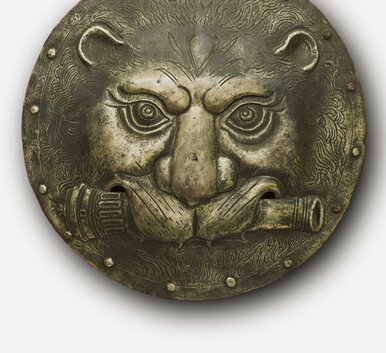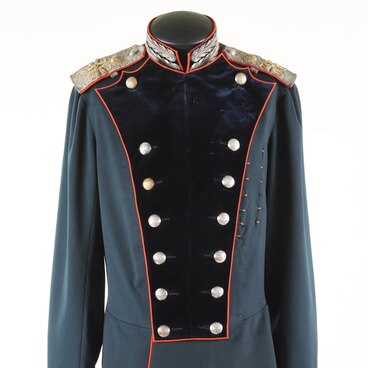In 1796, during the reign of Paul I, it was decided to combine the Life Guards Preobrazhensky Bombardier Company, the “Semyonovsky” and “Izmailovsky” cannoneer squadrons and His Majesty’s Own Gatchina troops into a new Artillery Life Guards Battalion. It included one cavalry and three field companies.
In 1805, it was ordered to establish a separate Life Guards Horse Artillery Company. In September 1811, by an imperial order, it was divided into the 1st and 2nd Light Horse Artillery Batteries.
Thus, on the basis of the former “battalion” there was a Life Guards Artillery Brigade. Subsequently, it played a major role in many military campaigns of the Russian army. Up to and including 1812, it participated in the battles of Austerlitz, Guttstadt, Heilsberg and Friedland, and in the Battle of Borodino.
The battles of Lützen, Bautzen, Dresden and the legendary “Battle of the Nations” that took place near Leipzig in early October all happened in 1813. This brigade, among other military units, entered Paris in 1814.
By that time, the brigade had received several awards for military merit and had been presented with silver St. George trumpets, badges for headgear, as well as officers’ and generals’ insignia.
When the Life Guards were divided into two independent Guards brigades in 1816, the 1st Artillery Brigade became the “direct heir” and successor of the bombardier company of the Preobrazhensky Regiment, inherited its merits and awards. It consisted of six brigade batteries, including the 1st Battery under the command of Grand Duke Mikhail Pavlovich.
The Guards Horse Artillery was supportive of the Decembrists’ secret societies and was ready to join the uprising on the Senate Square. It was quite difficult for the officials to persuade the guards in that the oath to Nicholas I as the new autocrat was legitimate.
Later, the brigade distinguished itself in the Russo-Turkish campaigns, the suppression of the Warsaw Uprising, and in the First World War.
In 1912, for the centenary of the Battle of Borodino, including in honor of the 1st Artillery Life Guards Brigade, monuments were erected on the Borodino field not far from the village of Semyonovskoye and on the Shevardinsky Kurgan.
Since 1818, Guards gunners wore double-breasted jackets with lapels. At the same time, an instruction was issued to decorate the cuff flaps with white piping — to echo the white piping on the lapels, which was characteristic of the regiments of the 1st Guards Infantry Division. Such a symbol of distinction was established to commemorate the participation of the Preobrazhensky and Semyonovsky regiments (the 10th Brigade of the 1st Guards Division) in naval battles with the Swedes under Peter the Great.
In 1805, it was ordered to establish a separate Life Guards Horse Artillery Company. In September 1811, by an imperial order, it was divided into the 1st and 2nd Light Horse Artillery Batteries.
Thus, on the basis of the former “battalion” there was a Life Guards Artillery Brigade. Subsequently, it played a major role in many military campaigns of the Russian army. Up to and including 1812, it participated in the battles of Austerlitz, Guttstadt, Heilsberg and Friedland, and in the Battle of Borodino.
The battles of Lützen, Bautzen, Dresden and the legendary “Battle of the Nations” that took place near Leipzig in early October all happened in 1813. This brigade, among other military units, entered Paris in 1814.
By that time, the brigade had received several awards for military merit and had been presented with silver St. George trumpets, badges for headgear, as well as officers’ and generals’ insignia.
When the Life Guards were divided into two independent Guards brigades in 1816, the 1st Artillery Brigade became the “direct heir” and successor of the bombardier company of the Preobrazhensky Regiment, inherited its merits and awards. It consisted of six brigade batteries, including the 1st Battery under the command of Grand Duke Mikhail Pavlovich.
The Guards Horse Artillery was supportive of the Decembrists’ secret societies and was ready to join the uprising on the Senate Square. It was quite difficult for the officials to persuade the guards in that the oath to Nicholas I as the new autocrat was legitimate.
Later, the brigade distinguished itself in the Russo-Turkish campaigns, the suppression of the Warsaw Uprising, and in the First World War.
In 1912, for the centenary of the Battle of Borodino, including in honor of the 1st Artillery Life Guards Brigade, monuments were erected on the Borodino field not far from the village of Semyonovskoye and on the Shevardinsky Kurgan.
Since 1818, Guards gunners wore double-breasted jackets with lapels. At the same time, an instruction was issued to decorate the cuff flaps with white piping — to echo the white piping on the lapels, which was characteristic of the regiments of the 1st Guards Infantry Division. Such a symbol of distinction was established to commemorate the participation of the Preobrazhensky and Semyonovsky regiments (the 10th Brigade of the 1st Guards Division) in naval battles with the Swedes under Peter the Great.







